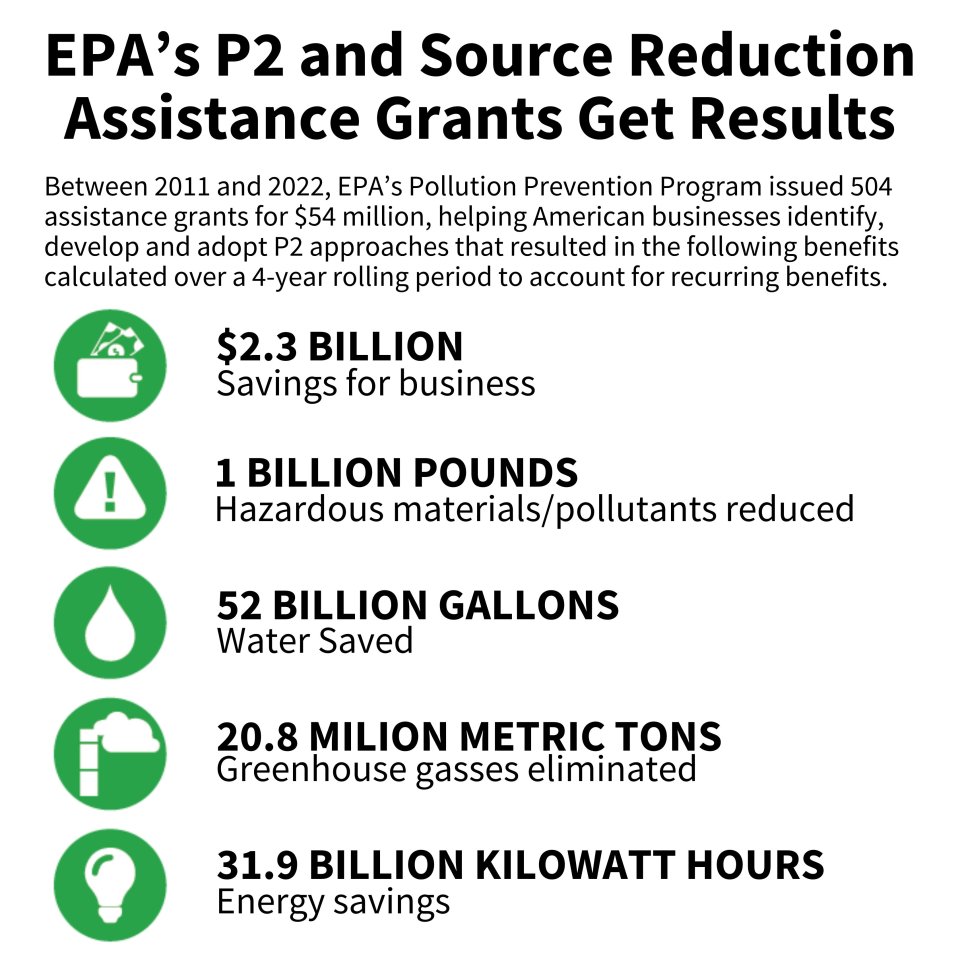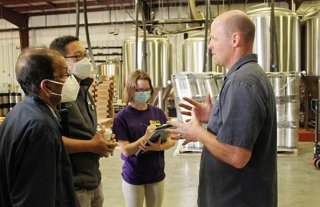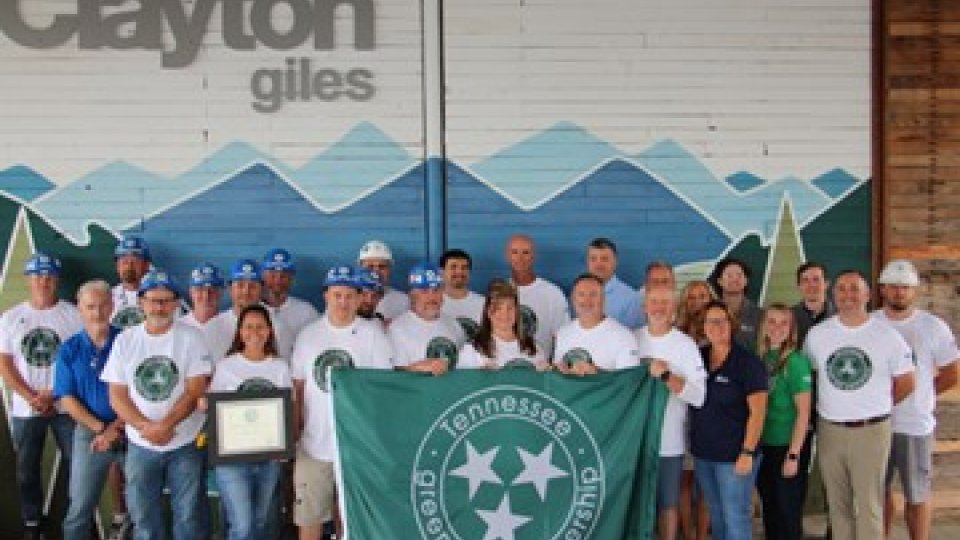Pollution Prevention Grants Overview
Pollution Prevention (P2) grants fund state and tribal programs to provide technical assistance to businesses to help them learn about and adopt source reduction practices (also known as “pollution prevention” or “P2”). EPA uses these grants to help businesses reduce the use or release of hazardous materials, the use of water, energy and other raw materials, while also lowering business costs.
As required by the Pollution Prevention Act of 1990, P2 grants are awarded to states, state entities (colleges and universities recognized as instrumentalities of the state), the District of Columbia, the U.S. Virgin Islands, the Commonwealth of Puerto Rico, any territory or possession of the U.S., and federally recognized tribes and intertribal consortia.
48 Recipients Selected for Nearly $19 Million in 2024-2025 p2 Grants
On Oct. 30, 2024, EPA announced the selection of 48 recipients across all 10 EPA regions totaling nearly $19 million in funding across two pollution prevention (P2) grant opportunities to support states and a Tribe in providing technical assistance to businesses to develop and adopt pollution prevention practices. More than $9.3 million in grant funding was made possible by President Biden's Bipartisan Infrastructure Law with no cost share/match requirement.
-
Read the the October 30, 2024 Press Release.
-
Read the 2024-2025 P2 Grant Summaries.
-
Learn more about the $9.3 million Pollution Prevention Grant opportunity funded by the Bipartisan Infrastructure Law.
-
Learn more about the $9.5 million Pollution Prevention Grant opportunity that is part of the traditional P2 grant program.
Grantee Showcase
Watch the P2 Grant Showcase webinar recording to learn from grantees across the country about their approaches to collaborative and results-driven pollution prevention work and best practices. The showcase featured presentations from Kansas State University, Missouri State University, North Carolina Department of Environmental Quality, Northampton Community College, Pennsylvania State University, Tennessee Department of Environment and Conservation and University of Delaware. View the latest P2 Grant Showcase.
Benefits of P2 and Source Reduction Assistance Grants
For the first time, Pollution Prevention and Source Reduction Assistance Grants (between 2011 and 2022) have topped the one-billion-pound mark for reductions in hazardous materials and pollutants. In addition, cost savings of $2.3 billion resulted from companies buying fewer hazardous materials and shipping less hazardous waste, reducing regulated air emissions, treating less wastewater and buying less water, fuel and energy. Further success from these grants includes 20.8 million metric tons of greenhouse gas reductions and 31.9 billion kilowatt hour savings achieved mostly through energy efficiency and reduced use of energy.

The P2 grant results listed above do not include the additional results that occur when other businesses use the P2 approaches created and implemented through the P2 grant programs.
Sharing P2 Grant Lessons and Amplifying Results
The P2 approaches developed and implemented through P2 grants are documented and widely shared so that other businesses can replicate and adopt these practices. Check out a wealth of case studies on the P2 Hub Resources Center.
P2 Grant Highlights and Summaries
P2 grants provide technical assistance for a variety of industrial sectors from the food and beverage industry to metal fabricators, including both small and large businesses. An extensive collection of P2 grant summaries are available here.

Highlight: West Virginia University (WVU) Pollution Prevention Program, offers manufacturers no-cost P2 assessments and assistance to implement P2 actions. They help businesses reduce energy and water consumption, improve operational efficiency and reduce hazards to human health at industrial facilities. They also train, equip and upskill workers.

Highlight: The East Carolina University Center for Sustainable Energy and Environmental Engineering (CSE3) provides energy audits for companies. CSE3 provided a brewery in Newport, NC, an energy audit at its production warehouse, focused on manufacturing process and economic analysis. Through this technical assistance, the business was able to have less waste, that saved energy and costs.

Highlight: Louisiana State University, with their partners LifeCity and Southern University provided a pepper company technical assistance to look for opportunities to reduce or eliminate waste. The company received a P2 technical assessment which identified sources of pollution and economical and practical options for reducing or eliminating the generation of waste.

Highlight: The Colorado Green Business Network help local members integrate P2 practices in their operations. The Network is a voluntary leadership and recognition program for businesses that provides free P2 technical assistance. For instance, they’ve helped a coffee company be more sustainable by conserving resources and composting their coffee waste.



